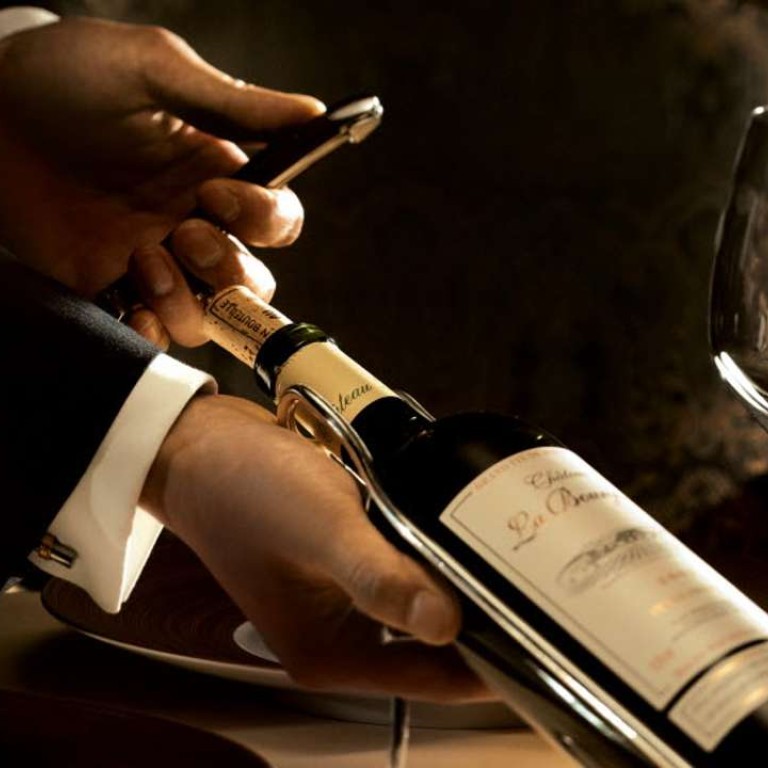
The hard road to becoming a master sommelier
As Hong Kong’s Nellie Ming Lee attempts the test, she reveals why she decided to do it and the challenges candidates face
As you read this, I will have just started a very difficult exam, one that I’ve been preparing for since 2009 – the test for the Advanced Sommelier Certificate, which I need before I can take the even more arduous exam to become a master sommelier (MS).
Since its inception, in 1969, the Court of Master Sommeliers has granted the MS title to only 234 individuals worldwide (the longer-established Master of Wine has seen 391 graduates). It’s notoriously difficult: the movie Somm (2013) and its 2015 sequel, Into the Bottle, describe the level of commitment and knowledge required – and the madness involved. Of all the master sommeliers, only a handful passed the exam on their first attempt.
In the run-up to the test, I haven’t had much of a social life: I work and I study. Why? It’s not due to ego, rather it’s an intense curiosity. The first MS I met, Evan Goldstein, was so enthusiastic about what was on his plate and in his glass I couldn’t help but be mesmerised and inspired. Every MS I’ve met since has been just as passionate and generous in sharing their time and wisdom. Dimitri Mesnard, who qualified in 2003, is my mentor, and has said it would be challenging for him to pass the exam today because there’s so much more to know.
The Court of Master Sommeliers exam has three parts: service, blind tasting and knowledge.
For the service exam, the candidate faces a table of masters acting the part of knowledgeable customers in a restaurant. They pepper the candidate with questions, asking for suggested drink pairings (not just wine, but beer, spirits and anything else that appears on a drinks menu) and which vineyard makes a particular wine. It’s a test of grace under pressure, as one has to deftly prepare the bottle while interacting with the “customers”. It’s nerve wracking and mishaps, such as tipping over a tray of flutes filled with champagne and dropping an open bottle of red wine into the lap of a guest, are not unheard of. I try to tell myself it’s like being at work but, of course, it’s not: it’s much harder, because I don’t normally have to serve a tableful of master sommeliers.

The blind tasting is a 25-minute race. You sit down with six glasses in front of you and three masters on the other side of the table, who mark your every word. What’s the goal? To dissect, analyse and articulate the contents of each glass.
First, the visuals. Is it clear? What’s the colour and how intense is it? Then the nose, which, to me, is the most important part as you can smell more components than you taste. Does it smell “clean”? Does it smell young (fresh) or old? What fruit, flowers, minerals and other odours can I detect? Then the palate assessment. Dry or sweet? Acidity? Tannins? Alcohol content? Any oak, and if so, is it a new or used barrel, and large or small? Does the taste of the drink reflect what you smelled when you sniffed it? Is it balanced or are some flavour components too strong? And when you swallow, how long does the taste linger on your tongue? It’s essential to be precise, as there are points for each correct assessment.
Then comes the conclusion, which is broken into two components. First, the broad conclusions. Is it New World or Old World?; the climate – cool, temperate or warm?; grape – a single varietal or a blend, and if it’s the latter, what might that blend be? What’s the age range of the wine?

So, how does one study for this? In the same way you get to Carnegie Hall: practice, practice, practice. I belong to several study groups. I also visit places that have a good range of wines by the glass and ask the staff to choose six – no peeking at the wine list! I sit by myself and record my tasting notes. Then, once I’ve finished, I let them reveal the labels and see how well I’ve identified the wines.
So, that crazy lady you’ve seen talking to herself, with many glasses of wine in front of her, that’s probably me.

